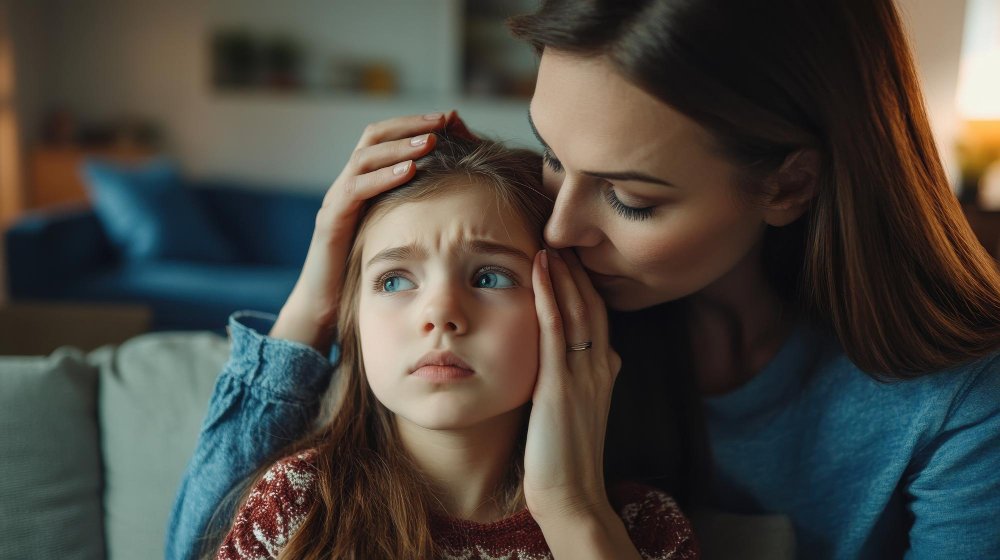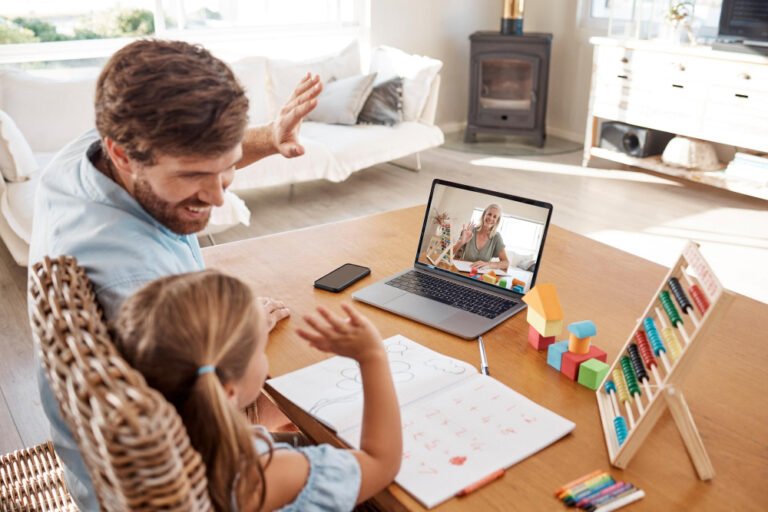Anxiety in kids isn’t just a phase or “something they’ll grow out of.” It’s a real emotional experience that affects how children think, learn, and interact with the world.
Understanding how anxiety shows up — and knowing how to respond — is one of the most powerful tools parents can have to nurture confidence, emotional safety, and lifelong resilience.
📘 Looking for a supportive guide? The Opposite of Worry by Dr. Lawrence Cohen offers playful, practical tools for helping anxious kids thrive.
What Is Anxiety in Kids?
Anxiety is the brain’s natural response to perceived danger — even when the threat isn’t real or present. For kids, anxiety can look very different than it does in adults.
Common forms of anxiety in kids include:
- Separation anxiety (fear of being away from parents)
- Social anxiety (fear of judgment, embarrassment, or rejection)
- Generalized anxiety (worry about everyday things)
- Phobias (specific fears like dogs, darkness, storms)
- Performance anxiety (fear of tests, presentations, sports)
Why Anxiety in Kids Matters for Learning and Growth
Without support, anxiety affects:
- Focus and attention
- Memory and learning
- Social skills and friendships
- Emotional regulation
- Self-esteem and confidence
Anxiety in kids often hides behind phrases like:
- “I don’t want to go.”
- “I feel sick.”
- “What if something bad happens?”
Anxiety isn’t defiance — it’s fear showing up as avoidance.
Signs of Anxiety in Kids
- Frequent stomachaches or headaches with no medical cause
- Refusing school or playdates
- Excessive worry about small things
- Trouble sleeping, nightmares, or bedwetting
- Irritability, meltdowns, or withdrawal
- Perfectionism or fear of making mistakes
- Constant seeking of reassurance (“Are you sure…?”)
How to Support a Child With Anxiety at Home
✅ Validate Feelings Without Amplifying the Fear
- “It’s okay to feel nervous. I’m here. Let’s face it together.”
✅ Teach Coping Tools
- Breathing exercises, grounding techniques, or mindfulness apps.
✅ Create Predictable Routines
- Anxiety thrives on uncertainty. Predictability calms the nervous system.
✅ Break Challenges Into Small Steps
- Celebrate progress, not perfection.
✅ Model Calm Behavior
- Your nervous system teaches theirs.
✅ Use Visual Supports
- Calendars, visual timers, or checklists reduce uncertainty.
Helpful Tools for Supporting Anxiety in Kids
✅ Want to understand how anxiety and emotional safety are connected? Read our post on Attachment in Child Development — because a secure bond is the first step toward emotional regulation and confidence.
- 📘 The Opposite of Worry — Playful strategies for anxious kids
- 🧠 Headspace for Kids — Meditation for stress and calm
- ⏰ Time Timer — Visual timer to reduce uncertainty
- 🎲 Emotions Cards for Kids — Helps children express feelings
- 🕯️ Weighted Blanket for Kids — Calming sensory support
Calm Starts at Home
Anxiety in kids isn’t a flaw — it’s a signal that their brain is working hard to keep them safe. With emotional safety, clear routines, and coping tools, your child can learn to navigate fear, build resilience, and grow into a confident, capable learner.
Try today: when your child expresses worry, pause and say — “You’re safe. I hear you. Let’s figure this out together.” That simple sentence can shift their entire day.






